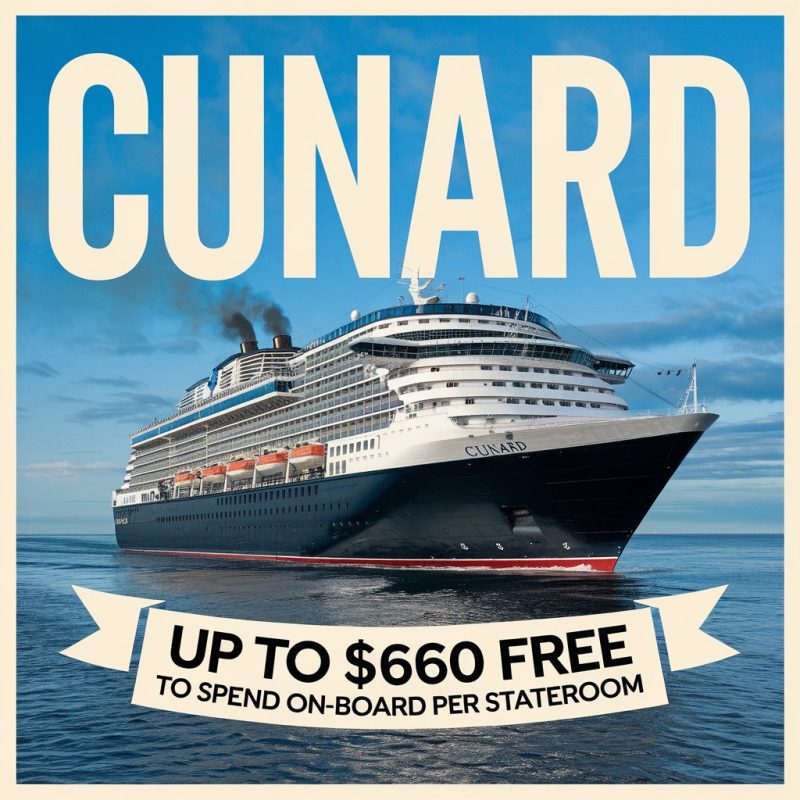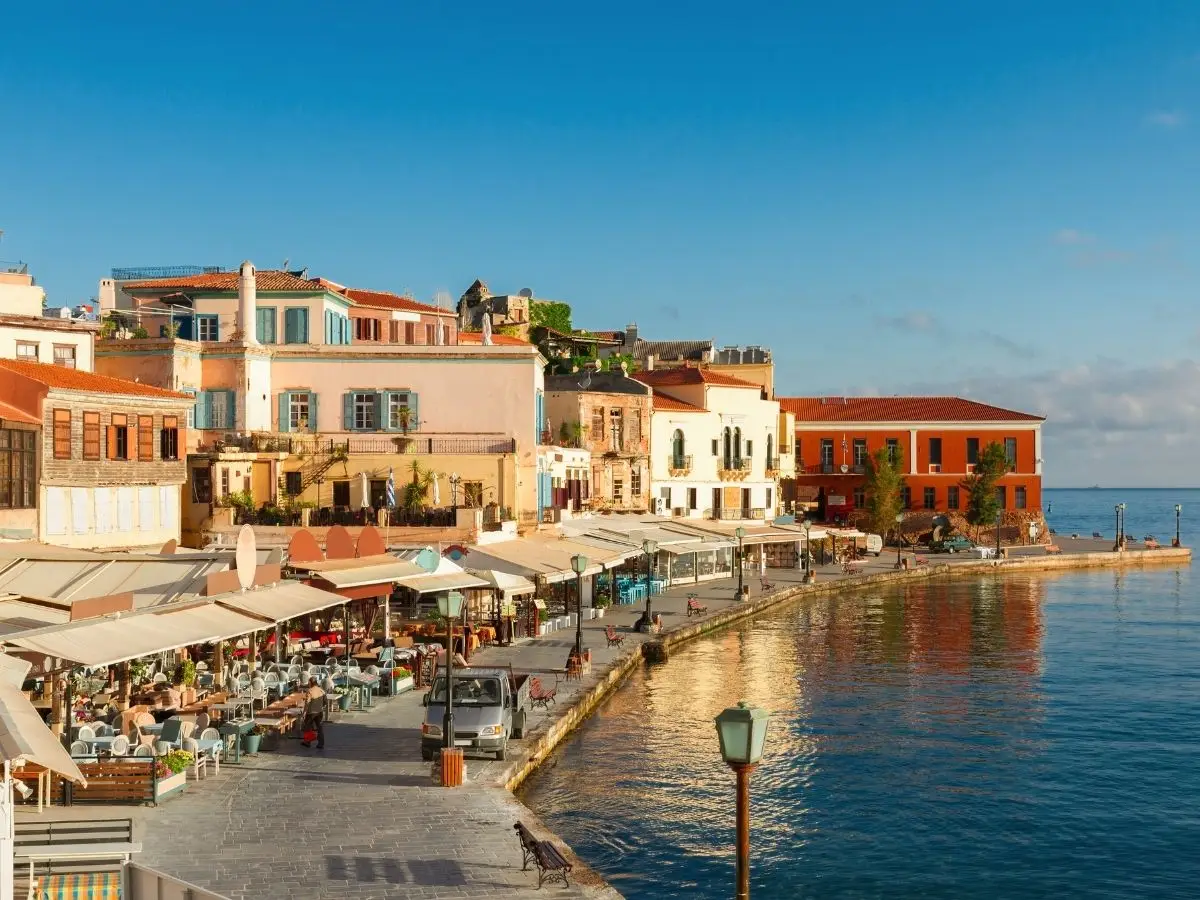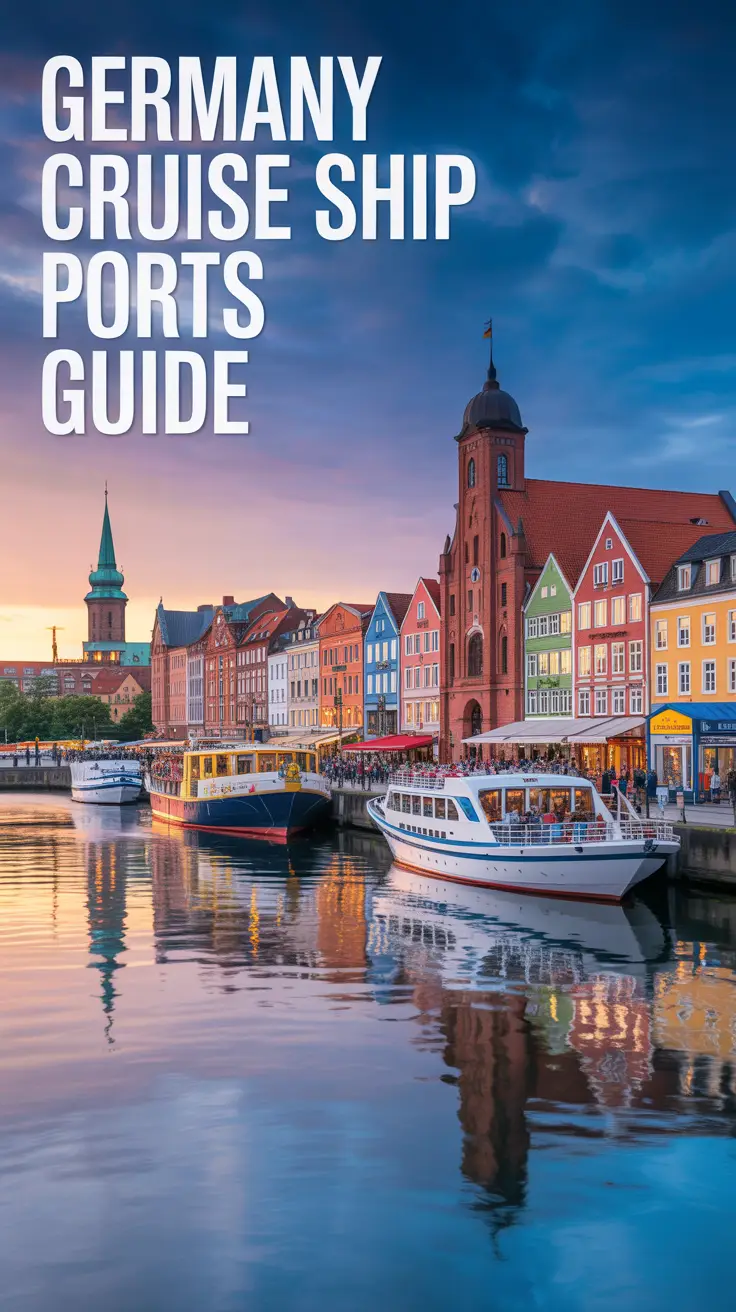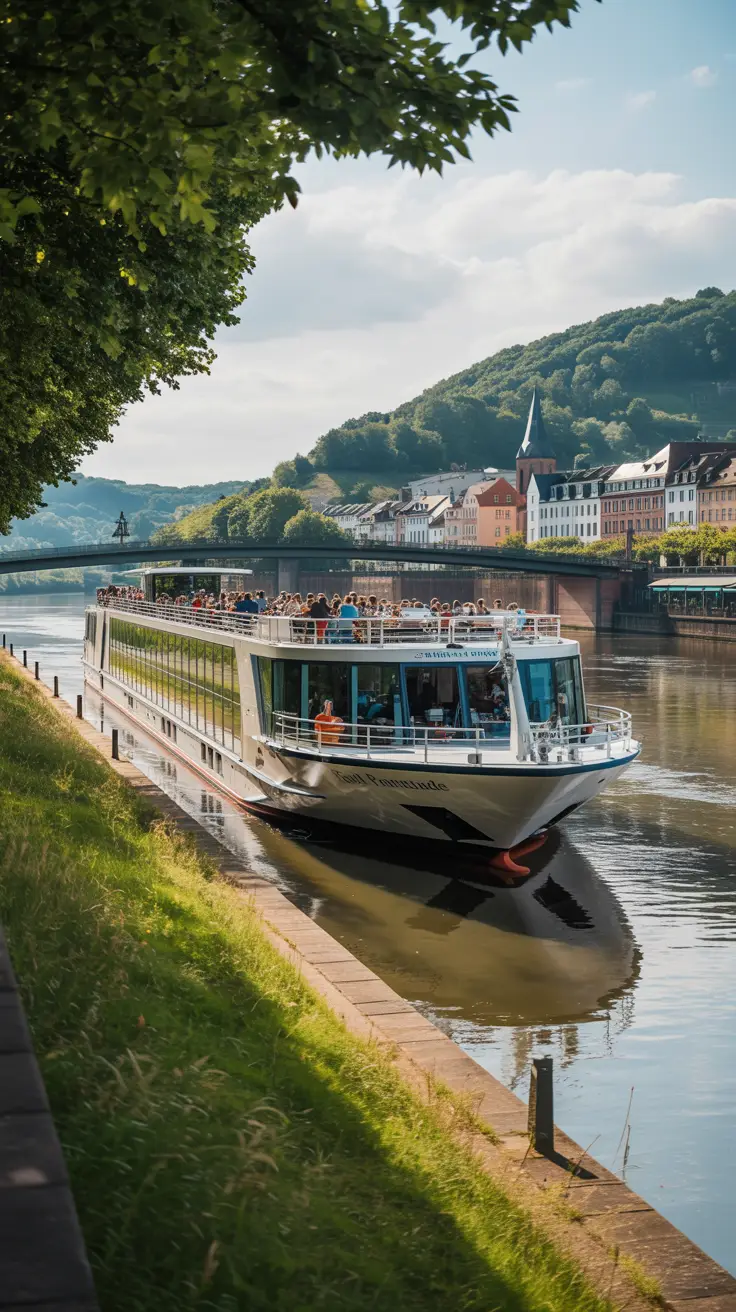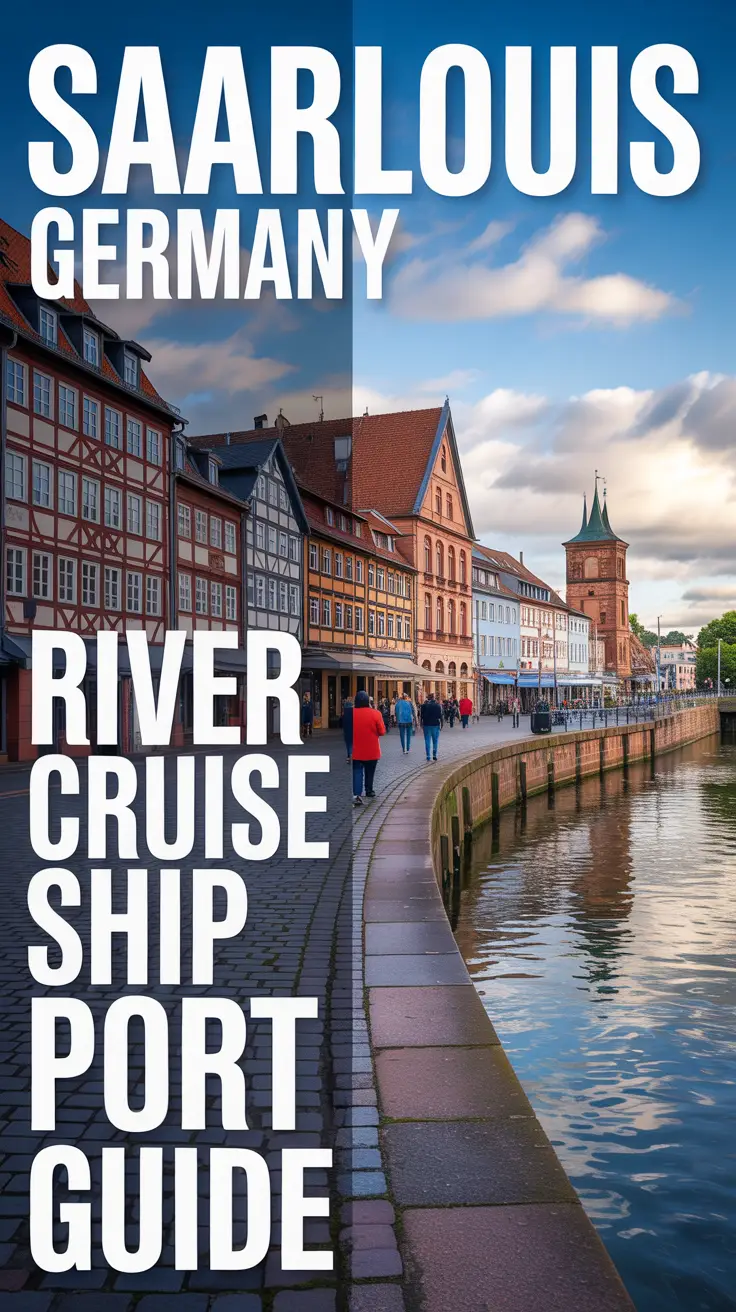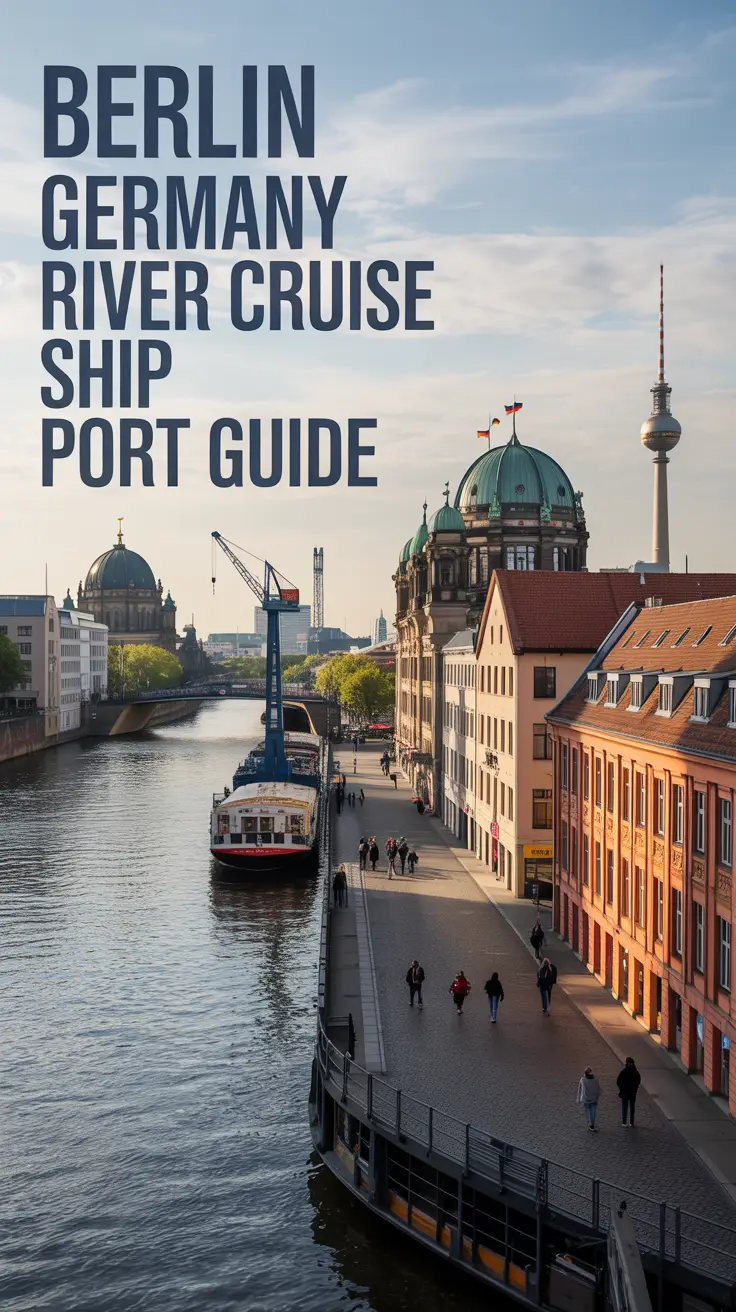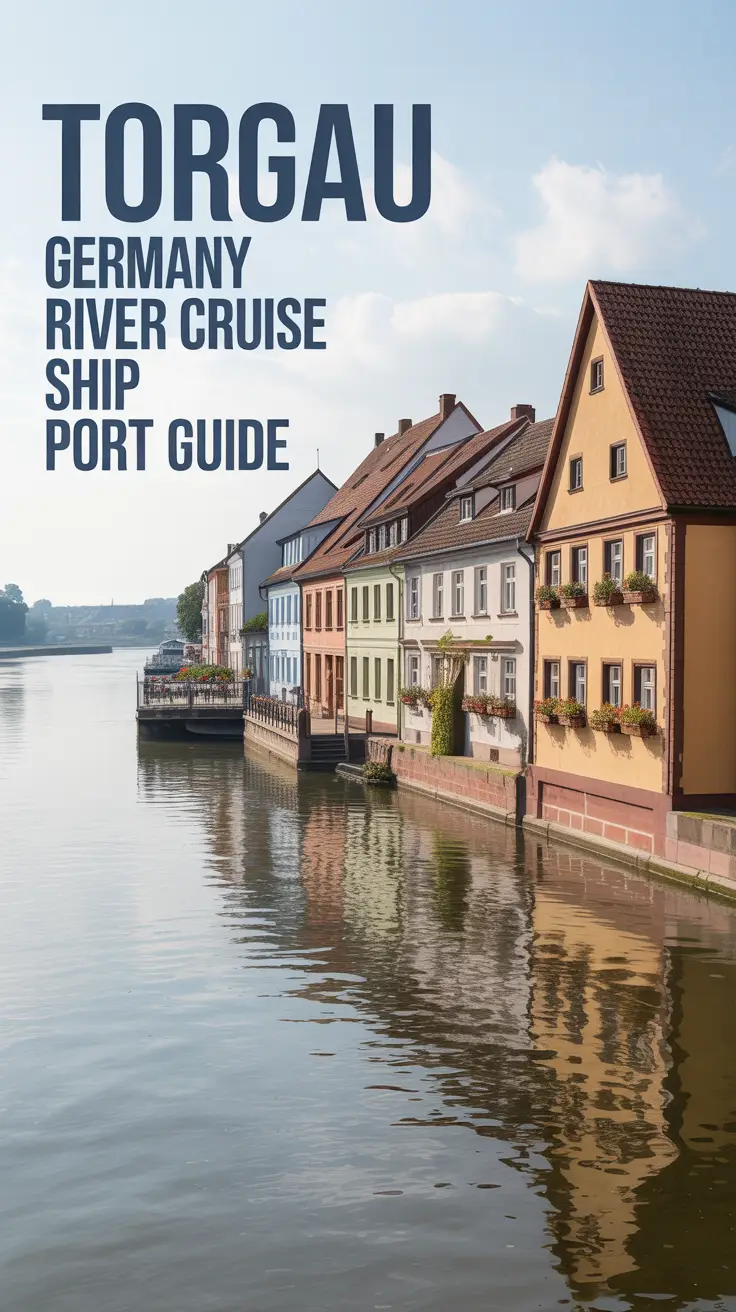Hull offers convenient cruise departures to Norway, Amsterdam, and the Baltic with P&O Cruises. Mini-cruises typically run 2-7 nights, featuring no-fly convenience from Yorkshire. Book early for best cabin selection and consider port parking packages for longer sailings.
Last autumn, I grabbed a Hull mini-cruise the second P&O announced their comeback – purely because I was sick of that soul-crushing drive to Southampton every time I wanted a quick Norwegian escape. Rolling out of bed in Yorkshire and being on deck with a coffee an hour later while watching the North Sea unfold felt like cheating the system. Best decision I made all year.
Want to know more about cruises from UK ports?
Why Hull Became Yorkshire’s Gateway to the Sea
Hull’s position as a cruise port makes perfect geographical sense when you think about it. The city sits right on the Humber estuary with direct North Sea access, which means ships can slip out into international waters without the marathon journey down the English Channel that Southampton departures require. For anyone living north of Birmingham this cuts your travel time dramatically.
The port facility at King George Dock handles both cruise passengers and freight, which means infrastructure is solid but the experience feels refreshingly low-key compared to the circus atmosphere at bigger terminals. You won’t find duty-free megastores or flashy entertainment zones here. What you will find is efficient check-in, friendly staff who recognize regulars, and the ability to be parked and boarding within twenty minutes of arrival.
What Ships Actually Sail From Hull
P&O Cruises operates the Hull route primarily with Iona and Arvia, their two LNG-powered Excel-class ships. These are the newest and greenest vessels in the P&O fleet, which feels like a bit of a coup for a regional port. Both ships carry around 5,200 passengers and pack in everything from sky-high glass walkways to multi-story atriums.
The itineraries lean heavily toward Norway with good reason – Bergen, Stavanger, and the fjords are just a hop across the North Sea. You’ll also see Amsterdam mini-breaks (perfect for a quick dose of Dutch culture and questionable coffee shop decisions) and occasional Baltic sailings when the season allows.
Getting to Hull Cruise Terminal
King George Dock sits about three miles from Hull city center on Hedon Road. If you’re driving the postcode is HU9 5QA and sat nav will get you there without drama. Follow signs for “King George Dock” rather than just “Port of Hull” because the port complex is massive and you can easily end up at the freight entrance wondering where all the cruise passengers went.
Traveling by train means arriving at Hull Paragon Interchange, which is well-connected to Leeds, Doncaster, and the wider rail network. From there you’ll need a taxi to the terminal – expect to pay around £12-15 and factor in 15-20 minutes depending on traffic. There isn’t a direct bus service to the cruise terminal which honestly seems like a missed opportunity.
For those coming from further afield, consider combining your cruise with a night or two in Hull before departure. The city has undergone serious regeneration and the Old Town area around Trinity Square and Humber Street is genuinely worth exploring. The Deep aquarium is fantastic if you’re traveling with kids or just really into fish.
Port Parking Options and Insider Tricks
The official cruise terminal car park sits right next to the embarkation hall and handles both short and long stays. Prices vary based on cruise length but expect to pay roughly £12-15 per day. You can pre-book online through P&O or ABP (Associated British Ports) which gives you a slight discount and guarantees your spot.
Security includes CCTV, fencing and regular patrols. The car park is perfectly adequate but don’t expect anything fancy – this is basically a big paved lot with painted lines. Get there with enough time to unload luggage near the terminal entrance before parking because the walk from the far end with heavy bags is not fun.
Here’s a money-saving trick that local cruisers use: several hotels near Hull offer “park and cruise” packages where you get a night’s accommodation plus parking for the duration of your cruise, often working out cheaper than port parking alone. The Holiday Inn and ibis Hull both run these deals periodically. You stay over the night before, leave your car in their long-term lot, and they’ll even shuttle you to the terminal.
The Check-in Experience
Hull’s terminal building is functional rather than glamorous. You’ll find basic seating, toilets, and a small refreshment counter that may or may not be open depending on when you arrive. The check-in process mirrors other UK ports: bag drop, document verification, security screening, and then you’re directed to a gangway.
Boarding usually opens around 2-3pm for afternoon departures though exact times appear in your cruise documents. Arriving right at opening time means shorter queues but you might end up waiting onboard while your cabin gets final touches. Rock up at 4pm and you’ll breeze through an empty terminal but everyone else will already have bagged the good sun loungers.
One quirk worth mentioning: because Hull operates as both a cruise port and commercial dock, you occasionally see massive cargo operations happening in the background while you’re boarding your holiday ship. It’s a stark reminder of how ports actually function outside the glossy cruise bubble. I find it oddly fascinating but some people find the industrial aesthetic off-putting.
Ship Schedules and Seasonal Patterns
Hull operates primarily from late spring through early autumn with the heaviest concentration of sailings between May and September. Winter departures are rare because North Sea conditions get properly gnarly and Norwegian ports become less appealing when everything’s dark and freezing.
The typical schedule sees ships arriving back in Hull on a Monday or Tuesday morning, spending the day in port for turnaround, then departing again that evening or the following afternoon. This creates a roughly weekly rhythm though it varies based on itinerary length.
Mini-cruises of 2-4 nights dominate the schedule because they align perfectly with long weekends and appeal to first-time cruisers testing the waters. The longer week-long Norwegian sailings tend to book up faster because they venture deeper into fjord country and hit more dramatic scenery.
Comparing Hull with Other UK Departure Ports
The obvious comparison is the port of Southampton which dominates UK cruising with more ships, more lines, and more destinations. But Southampton requires a significant journey for anyone north of London and the port area is enormous and impersonal. If you’re exploring cruises from Dover, you’ll find similar continental access but again, it’s a long haul from Yorkshire.
Edinburgh’s port at Leith offers a comparable regional alternative for Scotland and northern England. Those interested in cruises from Leith get similar Scandinavian itineraries with the bonus of exploring Edinburgh before or after sailing. The trade-off is Leith has even fewer departure dates than Hull.
For Yorkshire residents Hull simply makes geographic sense. The drive from Leeds takes under an hour, from York even less. Compare that to three-plus hours to Southampton and you’ve essentially gained a holiday day by not spending it on motorways. That’s the real value proposition here.
What to Expect on Norwegian Mini-Cruises
The classic Hull-Norway route typically includes one or two port calls – often Stavanger or Bergen – with the rest of the time spent at sea or doing scenic cruising through fjords. Don’t expect to “see Norway” on a 3-night sailing. What you get is a taster: a glimpse of fjord scenery, perhaps a quick exploration of Bergen’s Bryggen wharf, and lots of sea time.
Weather in the North Sea is notoriously unpredictable. Even in summer you can encounter force 6-7 winds that make the ship pitch and roll like a bathtub toy. Pack seasickness remedies even if you’ve never been seasick before. The North Sea doesn’t care about your previous experience.
Fjord scenery genuinely lives up to the hype when conditions cooperate. Watching steep mountainsides drop straight into dark water while your ship glides through mirror-calm sounds creates those pinch-me holiday moments. The downside is Norwegian ports are expensive. A beer in Bergen costs roughly the same as a kidney on the black market. Budget accordingly.
Amsterdam Short Break Cruises
The Hull-Amsterdam mini-cruise functions as a booze cruise thinly disguised as a cultural experience. Not that there’s anything wrong with that – it’s actually brilliant. You get roughly 24 hours in Amsterdam which is enough time to speed-walk past the Rijksmuseum, eat your body weight in stroopwafels, and perhaps enjoy Amsterdam’s more recreational offerings.
The ship docks at Amsterdam’s cruise terminal which sits about 15 minutes by tram from Centraal Station. Some sailings overnight in port which gives you evening and morning to explore. Others give you just daytime hours. Check your specific itinerary because it makes a massive difference to what you can accomplish.
Here’s something nobody tells you: the Amsterdam sailing is extremely popular with groups celebrating birthdays, hen parties, and other occasions that involve excessive drinking. If you’re after a quiet contemplative mini-break, this probably isn’t it. If you want to party with friendly Yorkshire folk who’ve already started on the Prosecco before the ship leaves port, you’ll fit right in.
The Benefits of No-Fly Cruising
The entire concept of no-fly cruises has grown massively as people recognize you can holiday without airport stress. Hull epitomizes this approach – drive up, park, board, done. No security queues, no liquid restrictions, no praying your checked bag makes the connection.
Environmental considerations play a role too. While cruise ships certainly aren’t carbon-neutral, eliminating flights reduces your overall footprint. The Excel-class ships running from Hull use LNG which burns cleaner than traditional marine fuel. It’s a step in the right direction even if cruising will never be truly green.
The psychological benefit of no-fly cruising shouldn’t be underestimated. You literally walk from your car onto your floating hotel and your holiday begins immediately. No jarring transition, no travel exhaustion, no arriving at your destination already needing a holiday from your holiday.
Money Matters and Hidden Costs
Cruise fares from Hull often appear cheaper than Southampton departures purely because demand is lower and P&O wants to fill these ships. You’ll find genuine deals if you’re flexible on dates and book during wave season or last-minute sales.
The gotchas come with extras: gratuities, drinks, specialty dining, shore excursions, photos, spa treatments, and the casino all operate on top of your base fare. It’s entirely possible to book a £299 cruise and spend another £300 onboard without really trying. Budget for approximately 50% of your cruise fare again in onboard spending if you’re planning to actually enjoy yourself.
Credit cards are linked to your cabin at check-in and everything onboard charges to this account. It’s psychologically dangerous because you never see money leaving your wallet. Check your account balance regularly on the app or cabin TV to avoid a horrifying surprise at disembarkation when you’re settling up.
Weather and Seasonal Considerations
May and September offer the best value-to-weather ratio for Hull departures. You avoid peak summer prices and school holiday crowds while still getting decent weather odds. September particularly surprises people with its mild temperatures and lower rainfall than you’d expect.
July and August bring the warmest weather but also the highest prices and busiest ships. If you’ve got school-age kids you’re stuck with these dates regardless. Just accept you’re paying premium rates and the ship will be rammed with families.
Be aware that Norwegian fjords create their own microclimates. You might have glorious sunshine on deck crossing the North Sea then sail into a fjord where mist, rain, and dramatically lower temperatures appear from nowhere. This is why locals wear wool year-round. They know something we’re still learning.
Who Mini-Cruises from Hull Actually Suit
These sailings work brilliantly for first-time cruisers testing whether they enjoy ship life without committing to a full week. The lower financial and time investment reduces risk if you discover cruising isn’t your thing.
Couples after a quick break away find mini-cruises ideal. You get proper separation from normal life, enforced relaxation (there’s nowhere else to be), and the novelty of waking up somewhere different without the exhaustion of traditional city-hopping breaks.
However, they’re less ideal for families with young children simply because 2-3 days barely gives kids time to find the kids clubs and make friends before the cruise ends. The constant activity and noise of mini-cruises can also overwhelm smaller children who need downtime and routine.
If you’re a serious cruiser chasing enrichment lectures, port-intensive itineraries, or that traditional cruise elegance, mini-breaks probably won’t satisfy. They’re fundamentally party boats disguised as transportation. Embrace that reality or choose longer, more destination-focused sailings.
The Environmental Reality
We should address the elephant in the room – or more accurately, the massive ship in the North Sea. Cruising has an environmental impact. Even LNG-powered ships burn fuel, generate waste, and contribute to marine pollution. Pretending otherwise is dishonest.
The Excel-class ships represent genuine progress with LNG power, advanced waste treatment, and energy-efficient design. They’re significantly cleaner than older ships still operating from other ports. But “better” doesn’t mean “good” in absolute terms.
If environmental concerns weigh heavily, consider this: a mini-cruise from Hull eliminates flights and reduces travel distance compared to flying to cruise from southern ports or traveling abroad for a short break. It’s not zero-impact but it’s potentially lower-impact than alternatives. Or simply don’t cruise at all – that’s a valid choice too.
When Things Go Wrong
Weather can and does force itinerary changes on North Sea sailings. Captains might cancel ports, alter routes, or spend extra days at sea if conditions are unsafe for tendering or docking. This happens more frequently from Hull than Mediterranean ports simply because the North Sea is temperamental.
Your cruise contract allows for these changes and compensation is rare unless cancellations are significant. Travel insurance specifically covering cruises is worth considering, especially for longer sailings where you’ve invested in shore excursions.
Seasickness affects more people than admit it. The ship’s medical center sells remedies but at inflated prices. Buy your preferred medication before traveling. Ginger tablets, wrist bands, and prescription patches all have advocates. Find what works for you on land because discovering you’re seasick-prone while actually sick at sea is miserable.
Making the Most of Your Limited Time
The paradox of mini-cruises is you need to relax and enjoy the journey while simultaneously maximizing limited time. Here’s how to balance both:
Day one, resist rushing around the ship finding everything. Unpack, attend the muster drill, find one venue you like, and settle there with a drink. Forcing yourself to see everything creates stress not holiday vibes.
Day two, if you have a port call, get off the ship even if briefly. The perspective shift of standing on solid ground looking back at your temporary home is part of the experience. Even just walking the dock area counts.
Final day, start packing after dinner not the morning of disembarkation. You’ll thank yourself when you can enjoy breakfast rather than frantically stuffing suitcases while the tannoy announces deck-by-deck disembarkation.
The Future of Hull as a Cruise Port
Hull’s position seems secure for the foreseeable future with P&O committed to northern England departures. The success of the route demonstrates demand exists for regional cruising beyond the Southampton-centric model that dominated for decades.
Expansion possibilities exist if other lines decide to test the market. Fred Olsen previously operated from Hull and could return. Saga or other lines targeting the British market might see opportunity. More choice would benefit passengers though Hull’s infrastructure would need investment to handle multiple ships.
The wildcard is Brexit and its ongoing impact on European travel. Itineraries, documentation requirements, and port logistics continue evolving. Norwegian ports remain accessible but Baltic sailings involve more complexity than previously. How this settles long-term remains uncertain.
Common Questions and FAQ
Can I board a Hull cruise without a car?
Absolutely, though it requires more planning. Train to Hull Paragon station then taxi to King George Dock works perfectly well. Some cruise passengers arrange private transfers or use local taxi firms familiar with cruise schedules. The lack of direct public transport to the terminal is the only minor inconvenience.
What documents do I need for Norwegian mini-cruises from Hull?
A valid passport is essential – even though Norway isn’t EU, it’s not UK either, so you’re entering foreign territory. Passport must be valid for at least six months beyond your return date. You don’t need visas for Norway as a UK tourist for short stays. P&O will verify documents at check-in and won’t let you board without proper identification.
Are Hull cruises genuinely cheaper than Southampton alternatives?
The base cruise fare often runs cheaper from Hull because P&O uses pricing to manage demand and fill ships. However, factor in your total cost including travel. If you live in Southampton, driving to Hull plus parking might eliminate any fare savings. For Yorkshire residents the equation flips – you save time, fuel, and potential overnight accommodation needed for Southampton departures.
How rough does the North Sea get and will I be seasick?
The North Sea earns its reputation for choppy conditions. Force 6-7 winds occur regularly even in summer, creating noticeable motion. Modern stabilizers help enormously but can’t eliminate movement entirely. If you’re unsure about seasickness, bring remedies and book a midship cabin on a higher deck where motion is minimized. Most people adapt after a day or so.
Can I leave my car at Hull port for a week-long cruise?
Yes, the port car park handles stays from overnight mini-cruises up to multi-week voyages. Book in advance through P&O or ABP for guaranteed space and slight discount. Security is adequate with cameras and patrols. Your car will survive the week but don’t expect covered parking or valeting – this is a functional dock car park not a luxury facility.
Do Hull cruises include British pound or need euros onboard?
All onboard transactions use British pounds on P&O ships sailing from UK ports. Everything charges to your cabin account linked to your credit or debit card. You’ll need euros if you’re going ashore in Norway or Amsterdam but onboard it’s purely pounds. The bureau de change onboard can provide euros though rates aren’t competitive – better to get some cash before traveling.
Are solo travelers welcome on Hull mini-cruises or will I feel awkward?
Solo cruisers are common though you’ll pay a single supplement for cabin occupancy unless you find specifically designated single cabins which are rare. Socially, cruise ships make solo travel easier than many holidays because dining and activities create natural opportunities to meet people. P&O operates solo traveler meet-ups on most sailings. That said, mini-cruises skew heavily toward couples and groups, so longer sailings might suit solo travelers better for building connections.
What happens if I miss the ship when it’s docked in Norway?
Your problem entirely and your expense to resolve. The ship will not wait unless you’re on an official ship excursion that runs late. You’d need to arrange transport to the next port at potentially huge cost or fly home and rejoin the ship later. This is why cruise travel insurance matters and why cautious passengers stick to ship excursions despite the cost. Missing the ship is rare but absolutely can happen.
Can I smoke on P&O ships sailing from Hull?
Cabins and balconies are strictly non-smoking as are all indoor public areas. Designated outdoor smoking areas exist on certain decks. The rules are enforced – violating them brings warnings and potential disembarkation at the next port without refund. If you smoke, identify the smoking areas first day and accept you’ll be spending time there because options are limited.
Do mobile phones work during North Sea crossings or will I be offline?
UK mobile signals disappear pretty quickly once you leave the Humber. Mid-North-Sea you’ll have no signal unless you pay for the ship’s wifi or mobile-at-sea services which are expensive and often painfully slow. Norwegian ports bring back signal but at international roaming rates unless you’ve arranged a roaming package with your provider. Many passengers embrace being offline for a few days – it’s surprisingly liberating.


